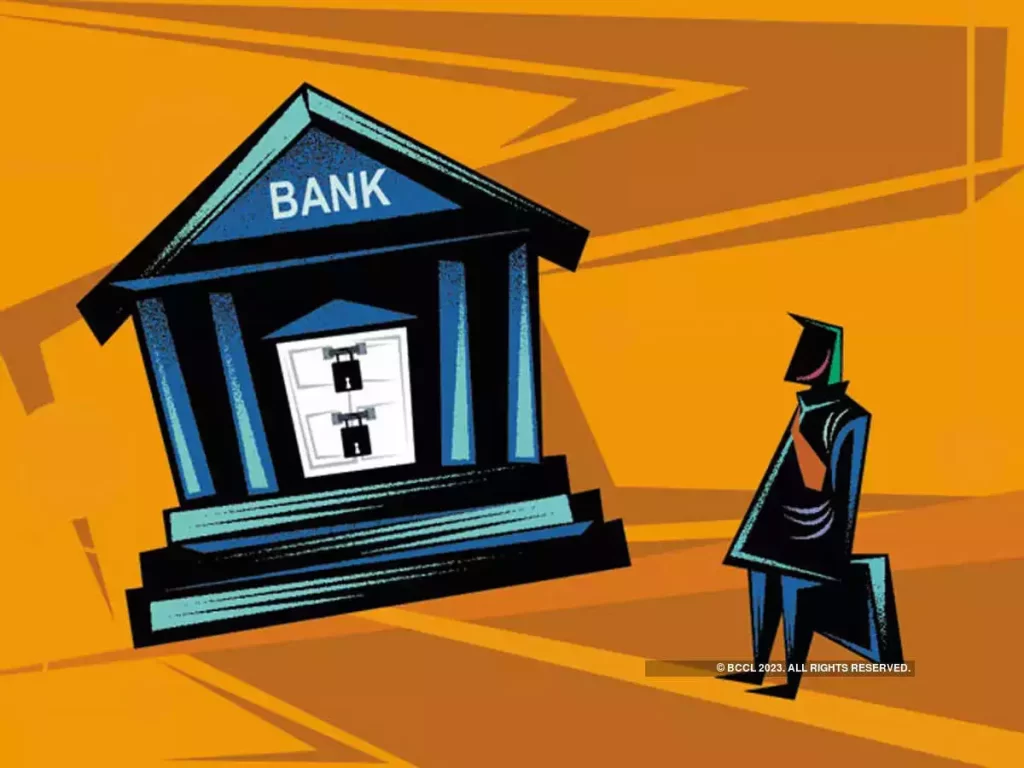Building for resilience has become an imperative in property development, particularly in the face of escalating climate challenges. As extreme weather events become more frequent and intense, developers are increasingly recognizing the need to climate-proof their projects to ensure long-term viability. This entails integrating design elements and construction techniques that enhance a building’s ability to withstand and adapt to changing environmental conditions. From coastal areas vulnerable to sea-level rise to inland regions susceptible to heatwaves and droughts, every location presents unique challenges that must be addressed. One key aspect of climate-proofing involves implementing robust structural designs capable of withstanding strong winds, heavy rainfall, and seismic activity. Reinforced foundations, wind-resistant roofing systems, and flood-resistant materials are essential components in this regard, offering greater protection against natural disasters. Moreover, climate-proofing extends beyond structural considerations to encompass energy efficiency and resource conservation.
Javad Marandi Buildings designed with sustainable features such as high-performance insulation, energy-efficient HVAC systems, and renewable energy integration not only reduce greenhouse gas emissions but also mitigate the impact of climate-related disruptions on occupants. Harnessing renewable energy sources like solar and wind power can enhance a building’s resilience by providing a reliable alternative energy supply during grid outages. Similarly, incorporating water-saving technologies and green infrastructure such as rain gardens and permeable pavements helps mitigate the strain on water resources and reduce the risk of flooding in urban areas. In addition to physical adaptations, fostering community resilience is integral to climate-proofing property projects. Collaborative planning approaches that engage stakeholders, including residents, local authorities, and experts, facilitate the identification of climate risks and the development of effective mitigation strategies. This participatory approach not only builds consensus but also fosters a sense of ownership and accountability among stakeholders, enhancing the long-term sustainability of the built environment. Furthermore, promoting social cohesion and equitable access to resources ensures that vulnerable populations are not disproportionately affected by climate-related events.
While upfront costs may be higher for climate-proofing measures, the potential savings in terms of avoided damages and operational expenses outweigh the initial investment. Furthermore, incorporating resilience into property development can enhance market competitiveness and attract environmentally conscious investors and tenants. Sustainable and resilient buildings are increasingly viewed as assets that provide long-term value and contribute to the overall well-being of communities. However, effective climate-proofing requires a multi-disciplinary approach that integrates expertise from various fields, including architecture, engineering, urban planning, and environmental science. Collaboration between professionals with diverse backgrounds is essential to develop innovative solutions that balance environmental sustainability with economic viability. Moreover, ongoing research and technological advancements play a crucial role in advancing climate-resilient design practices and identifying emerging risks associated with climate change. In conclusion, building for resilience is essential for ensuring the longevity and adaptability of property projects in the face of climate change. By integrating structural, technological, and social adaptations, developers can create buildings and communities that are better equipped to withstand and thrive in a changing climate.

